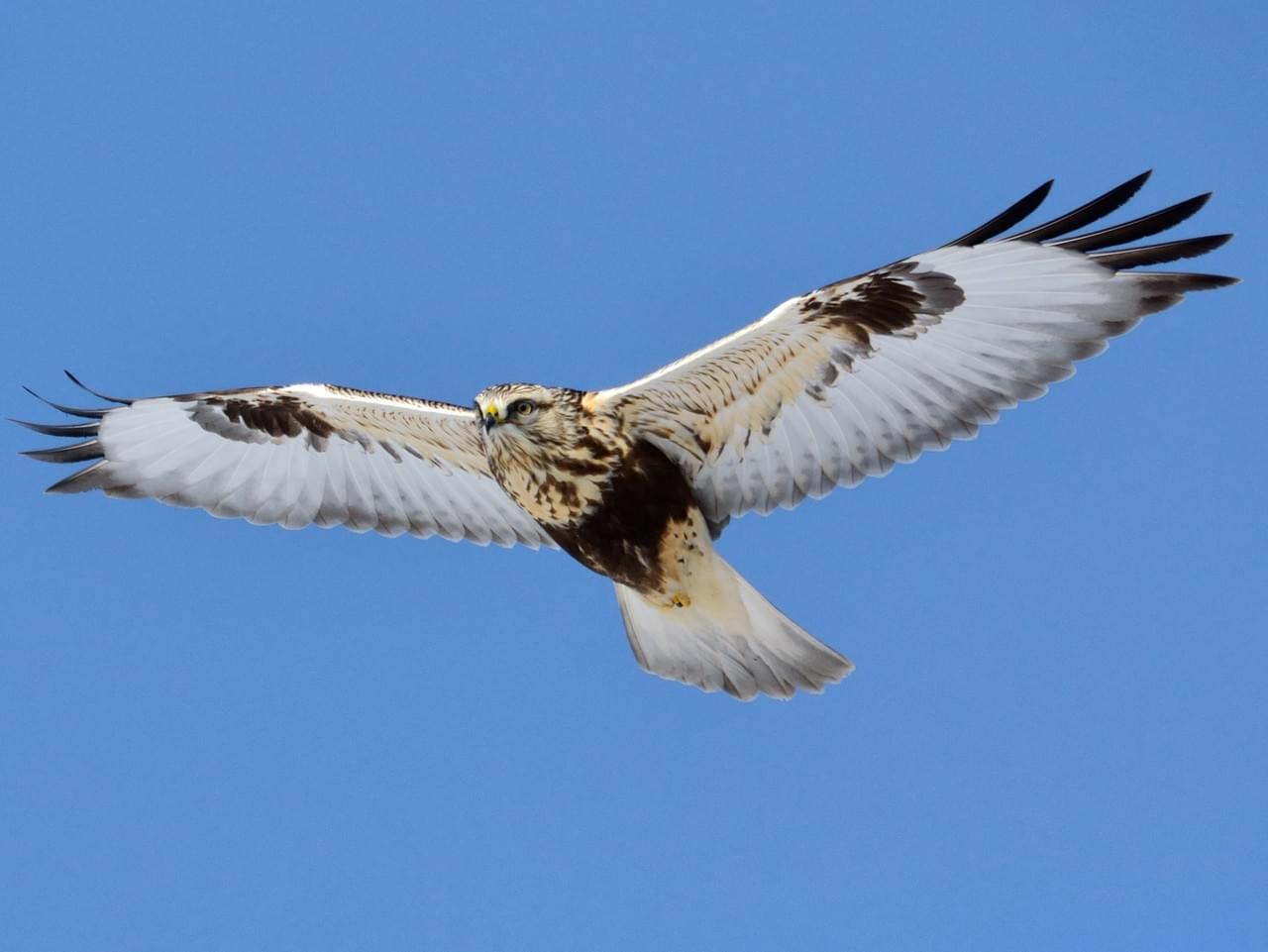“Across the noisy street I hear him careless throw One warning utterance sweet; Then faint at first, and low, The full notes closer grow; Hark, what a torrent gush! They pour, they overflow-
Sing on, sing on, O thrush!”
Take a walk in the woods, nearly any woods, and you will probably hear the sweet song of a thrush. We were scanning thrushes this week! These lovely birds are always around to serenade your hike, but you'll rarely see them. Well... most of them. American robins (Turdus migratorius) are the notable exception here. They REALLY like to make their presence known, and they firmly believe that they are to be both seen and heard. Robins are, perhaps, one of the most ubiquitous sounds of spring, but most people don't know that we almost lost the species to the ravages of DDT. They were saved when larger birds like bald eagles gained protected status, and DDT was banned. So, every time you enjoy a robin's song, be grateful that they're still here!
The veery (Catharus fuscenscens) is more typical of a thrush. It's coloring is less flashy, aside from the speckled breast, and it's a lot shier. You're more likely to hear a veery than you are to see one.
The hermit thrush (Catharus guttatus) has one of my all-time favorite songs. It's so wonderfully melodic!
The varied thrush (Ixoreus naevius) is a bit of a monotone. It makes up for it, though, by having some stunning plumage!
Image credit: Naturelady on Pixabay.





















